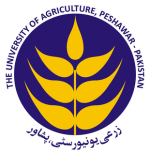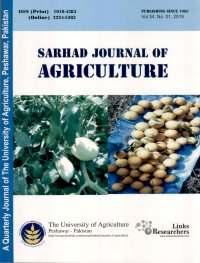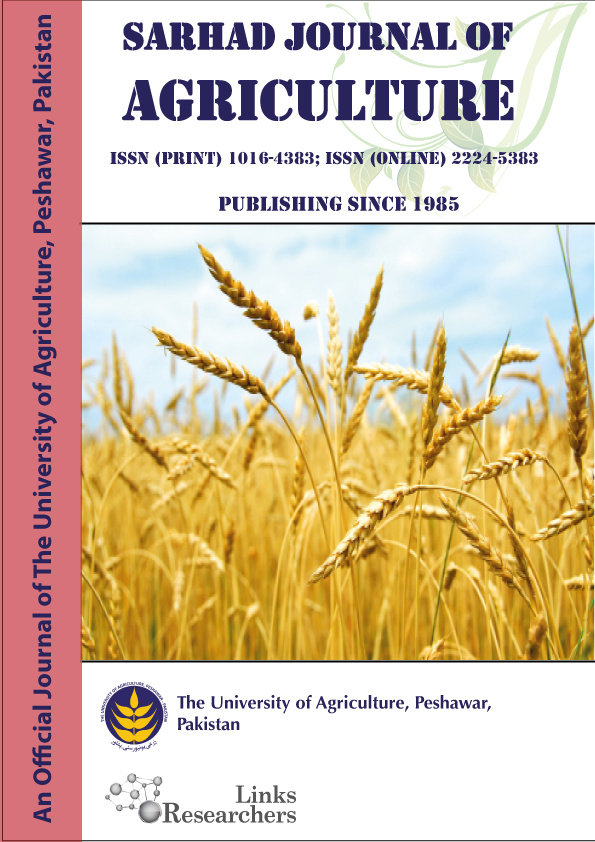Comparison of Capsicum Genotypes under In Vitro Saline Stress Induced by Different Concentrations of NaCl and CaCl2
Comparison of Capsicum Genotypes under In Vitro Saline Stress Induced by Different Concentrations of NaCl and CaCl2
Katherine D Leones1, Danny J. Zambrano1, Liliana Corozo-Quiñónez2*, Fátima Macías-Ponce3, Luis Alberto Saltos-Rezabala3, Álvaro Monteros-Altamirano4, Francisco Arteaga-Alcívar3 and Luis Alberto Duicela Guambi5
ABSTRACT
Five cultivated species of Capsicum are reported as moderately sensitive to salinity and their germination can be affected by high levels of salts in the soil. The objective of this study was to evaluate the in vitro response of different Capsicum spp. genotypes to salinity and to identify those with greater tolerance to salt stress. For this, eight Capsicum accessions were used, which were subjected to different levels (0.1, 0.3, 0.5, 0.7 and 0.9 g L-1) of sodium chloride (NaCl) and calcium chloride (CaCl2) application under in vitro conditions. The results show that the seeds of the different accessions respond in a varied way to saline treatments. Accessions ECU-2254b of C. annuum and ECU-9123 of C. chinense showed more tolerance to different levels of salinity, while accessions ECU-2237 and ECU-12970b of C. frutescens were the most susceptible. These results provide valuable information for genetic breeding programs seeking to develop Capsicum cultivars with greater tolerance to abiotic factors such as salinity, which is crucial to improve productivity in these areas.
To share on other social networks, click on any share button. What are these?








